Barcelona is one of the most attractive cities in the world, attracting a multitude of tourists every year. The urban network contains authentic jewels of history both on an architectural and artistic level. And when we talk to any visitor about an emblematic artery in Barcelona, there is undoubtedly a name of its own, Las Ramblas.
This great open-air walk, 1.3 kilometres long, is part of the great human showcase that we can find in Barcelona. Las Ramblas links Plaça de Catalunya with the Port Vell, and is home to a colourful succession of shops, souvenir stands, cafés and restaurants.
The origin of this promenade was the riverbed that transported rainwater throughout the city as a natural drainage system, taking advantage of the slope of the mountain and sea, until it flowed into the Mediterranean. For this reason, the origin of the word “rambla” comes from the Arabic and means sand, which is nothing more than the sediments left by the water as it slides down its bed.
We can divide Las Ramblas of Barcelona into five sections that are very difficult to differentiate if not for some architectural landmarks that each area treasures:
Rambla de Canaletes: This is the first part of the Ramblas if we take the Plaça de Catalunya as a reference point. Perhaps the most crowded section, because it is very typical to take the corresponding photo taking advantage of the perspective of the whole sloping walk towards the sea. There is also a point of attraction, which is the Font de Canaletas, a meeting place for the football festivities and for tourists who try its water to return to the city.
Rambla de los Estudios: This is the next sector, which takes its name because it was formerly the location of the Estudio General or University.
Rambla de las Flores: Although it has lost some of its charm, it is the most striking because of its colour and fragrance, as it has a large number of flower and ornamental plant stalls. In this area you will find the Boquería Market, a place you should not miss.
Rambla de los Capuchinos: It is the central part and here the interesting points are the Gran Teatre del Liceu, the Palacio Güell, or the Plaça Reial.
Rambla de Santa Mónica: This is the final part that leads to the Mirador de Colón. An area full of bars and restaurants where you can spend a lively afternoon watching people walk around.
Although its location is very central and well communicated, we assure you that the best way to reach it is by asking for a Zolty vehicle. Easy, open the application, choose the car you have closest, mark your destination, and that’s it! Moreover, if you choose the closed price, you will be able to know what the journey will cost you in advance.



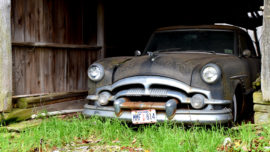
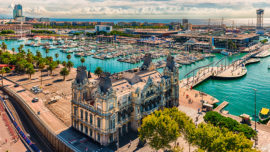
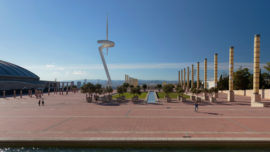
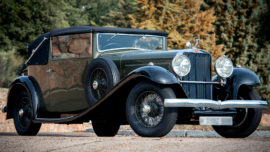
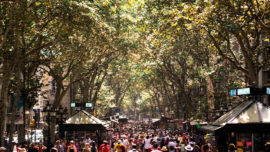


0 comments
Write a comment